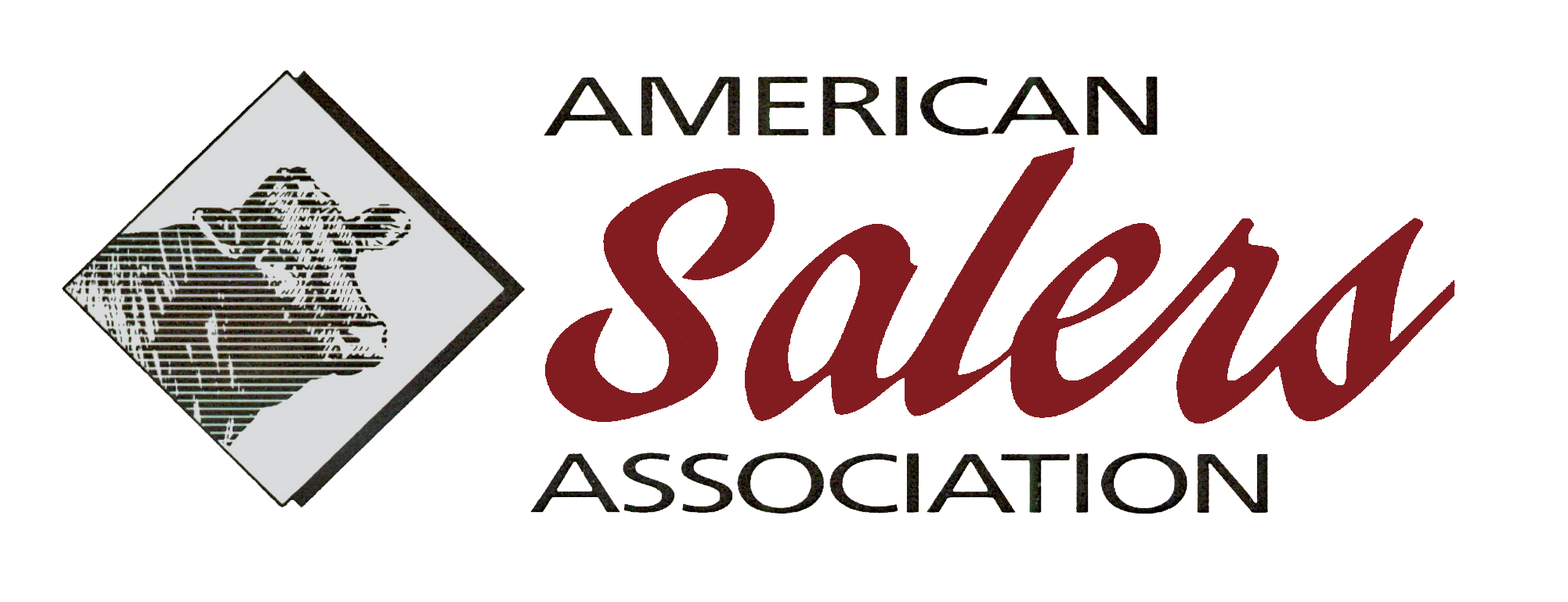The American Salers Association is working closely with Salers producers to increase the number of ultrasound scans on heifers. The following guidelines and procedures may be helpful for producers thinking about taking ultrasound measurements this spring and in the future.
Procedures for Breeder Participation
Salers breeders are asked to fill out a barnsheet for ultrasound scanning. Currently, ASA utilizes the CUP barnsheet or a barnsheet provided by the technician.
Select the scanning technician. Make sure to select a technician that has participated in the annual training and certification program, sponsored by the Ultrasound Guidelines Council.
Breeders need to plan ahead to ensure that scanning is done early enough, if the information is to be included in a sale catalog. If your data are processed through a certified laboratory, processing time will require about seven working days. In some instances, it can take longer.
Breeders should scan all animals in a squeeze chute to ensure image quality and ease of scanning.
Scanning Costs
Scanning fees are set individually by ultrasound technicians. These fees will be approximately $12-$16 per animal plus mileage and setup fees. The fee structure is established by each individual technician and can vary depending on the number of head to be scanned and other circumstances. The technician will bill the breeder directly for the scanning fee.
What the Breeder Receives
Ultrasound images are sent to an approved laboratory for interpretation. Images are cross-checked by more than one image interpreter to ensure quality control in measurement accuracy.
After interpretation, the measurements are forwarded to the breeder and then to the American Salers Association for processing. The ultrasound record processing follows the same format used for weight traits within performance programs. Ultrasound measures are adjusted to 365 days for yearling bulls. The current age end point adjustments for developing heifers is 390 days (approx. 13 months of age).
Ultrasound measurements will include the following on each animal:
- Rump fat thickness
- 12-13th rib fat thickness
- Ribeye area
- Percentage intramuscular fat (marbling)
Guidelines for Developing Heifers
Breeders should scan developing heifers when they are in the age range shown in the table listed below. All heifers within a contemporary group should be scanned on the same day or over no more than two consecutive days. Many breeders will scan their yearling heifers when other pre-breeding examinations are being performed. As with yearling bulls, it is important that the heifers be scanned when they have sufficient condition for measuring genetic differences. Thin heifers are not suitable for determining external fat differences and marbling differences. It is very likely that a lot of heifers will actually lose condition after breeding time, especially if grazing conditions are not optimal. At this time, breeders are best advised to collect the images on heifers prior to breeding. There is no reason to expect that processing heifers through a squeeze chute to collect the images will have an adverse impact on breeding or reproductive performance.
Breeders should record individual heifer weights within seven days of when the heifers are scanned. Weights should be taken in the morning prior to feeding of the heifers. Heifers should not have access to overnight feed or water prior to weigh collection.
Each contemporary group must have at least two animals of the same sex from the same weaning contemporary group to be considered a proper contemporary group. The number of progeny required to accurately evaluate a sire for carcass traits using ultrasound measures is a direct function of the heritability of the ultrasound-measured trait. Contemporaries must be from the same weaning contemporary group.
| Acceptable Scanning Ages | ||
| Breed | Yearling Bulls | Developing Heifers |
| Salers | 330-450 days | 330-450 days |
| Angus | 320-440 days | 320-460 days |
| Limousin | 330-450 days | 330-450 days |
| BIF Guidelines | 335-395 days | 335-395 days |
By Sherry Doubet - ASA Executive Director
Published in the American Salers Magazine - March 2004

